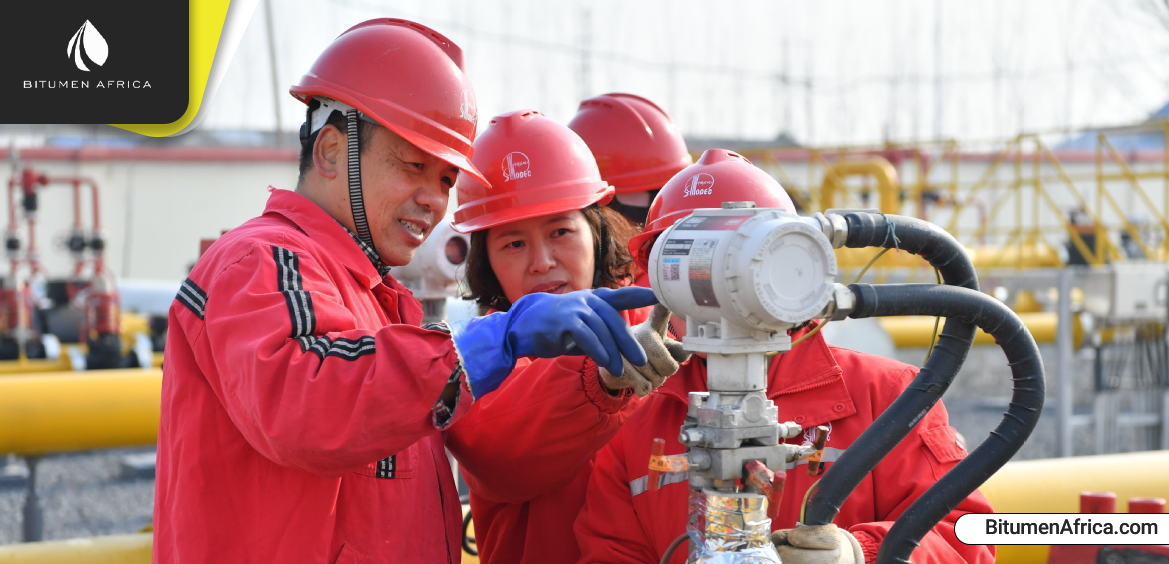China’s oil industry has shown an unusual trend in recent years: production continues to rise despite falling global oil prices. This contrasts with typical market behavior, where producers cut output to avoid losses. For example, U.S. shale companies like Diamondback Energy have signaled production cuts due to low prices. China’s divergence is largely due to its government’s strong influence over the sector, with national oil companies (NOCs) responsible for 85% of output.
Historically, China achieved energy self-sufficiency in the 1990s, producing more oil than it consumed. However, since 1994, it has become a net importer due to rapid economic growth and surging consumption. Today, China produces around 5 million barrels per day but consumes over 16 million, making it the world’s largest crude oil importer. This growing gap has pushed the government to prioritize domestic production and energy security.
After a production dip in 2016 caused by a global price crash, China’s output began recovering in 2019. The rebound was driven by Beijing’s “Seven-Year Action Plan” to boost oil and gas exploration. The government introduced tax cuts, waived import duties on specialized equipment, and encouraged NOCs to invest heavily in domestic fields. These policies aim to reduce reliance on foreign oil and build strategic reserves.
PetroChina, China’s largest oil producer, nearly doubled its exploration and production spending between 2016 and 2023, focusing on key basins and unconventional resources. While production rose modestly by 6%, its reserves grew significantly. CNOOC saw even greater success, with a 45% production increase and a doubling of reserves, largely due to Bohai Bay. Sinopec also reversed its production decline with increased investment and new discoveries in shale and ultra-deep fields.
Despite aging oilfields, China has made strides in maintaining output through Enhanced Oil Recovery (EOR) techniques. PetroChina’s Daqing field, operational since 1960, produced over 2 billion barrels between 2014 and 2023 thanks to advanced recovery methods. These efforts reflect China’s strategic push to sustain domestic production and shield its energy sector from global volatility.

